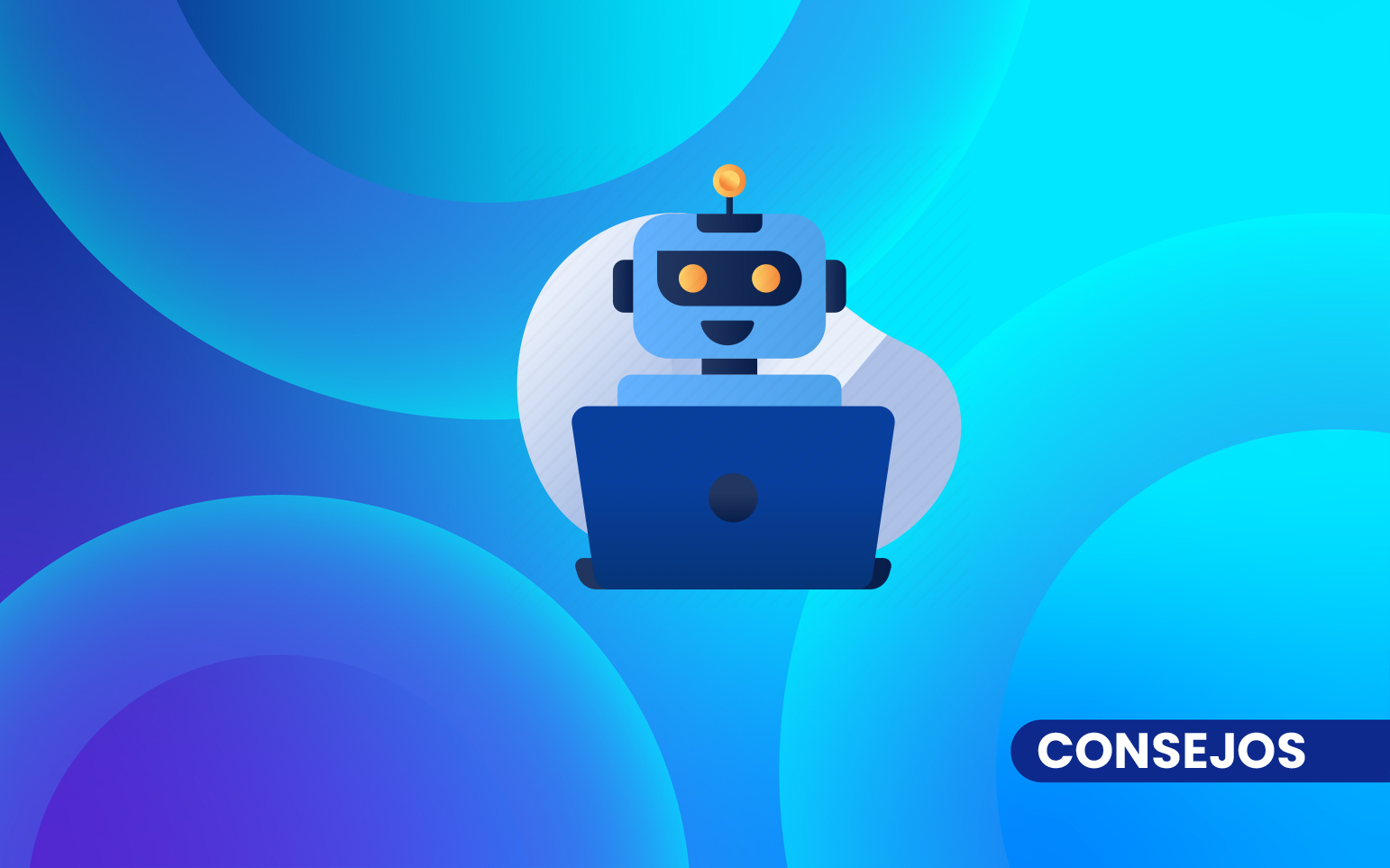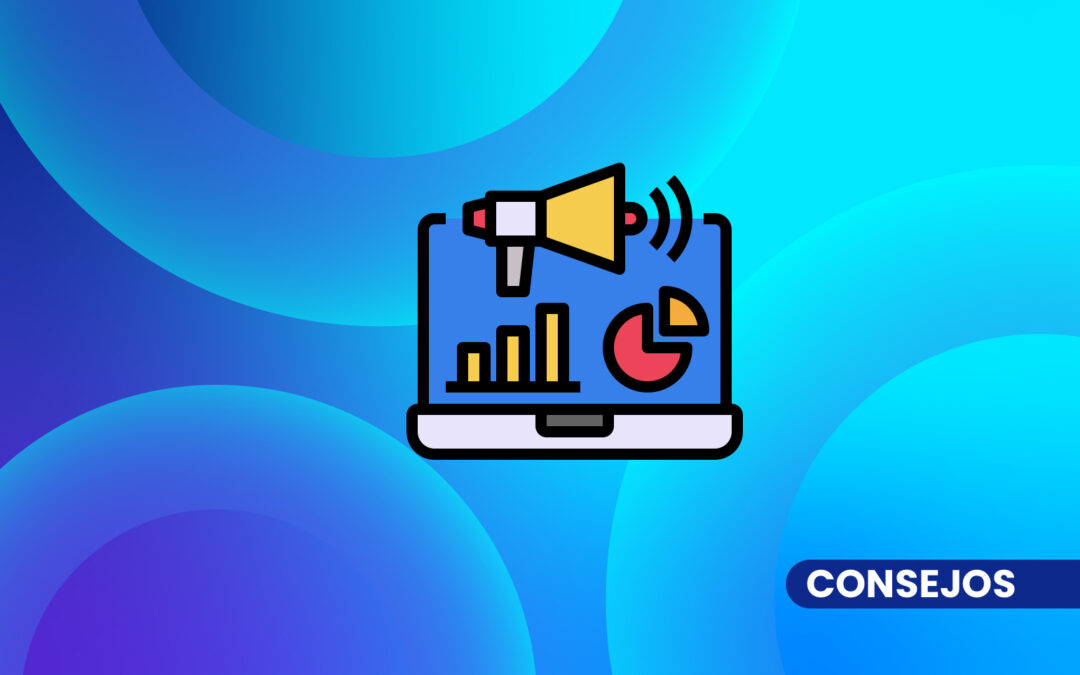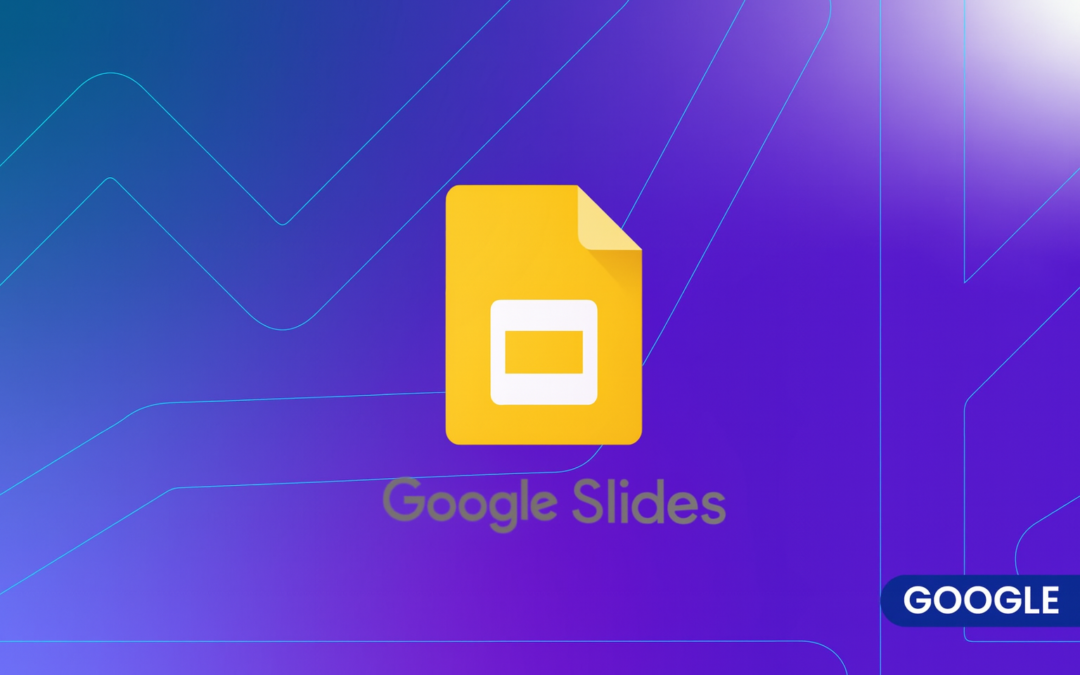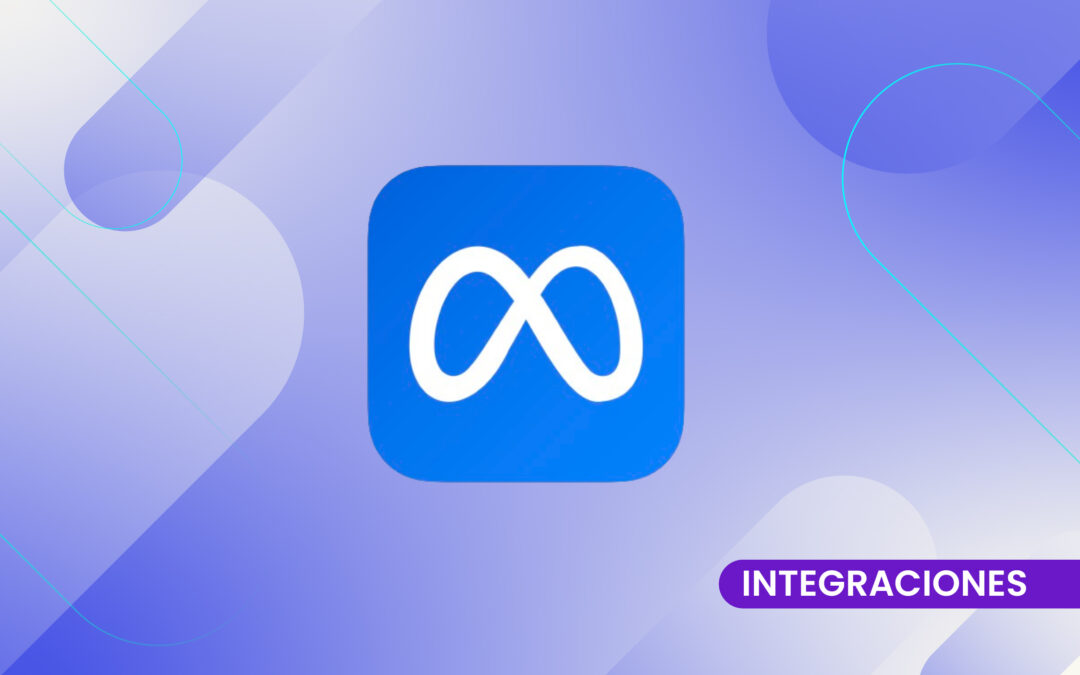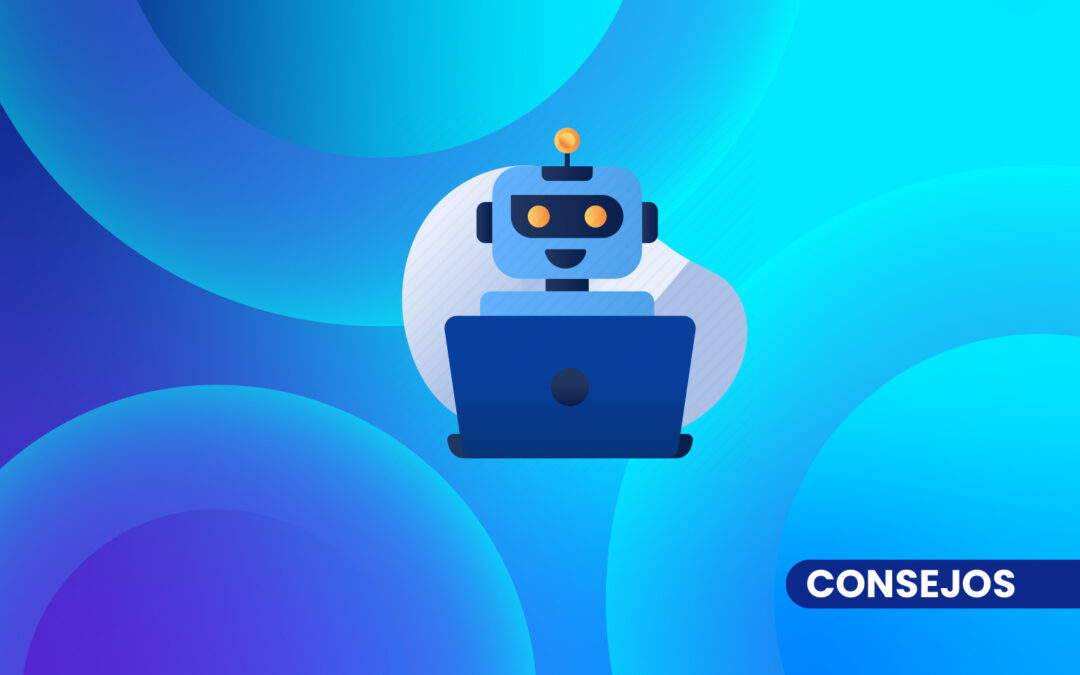The volume of data we handle today in digital marketing is overwhelming. Platforms, audiences, channels and metrics are multiplying... and converting all that information into clear, useful and actionable reports is not always easy. That's where a powerful tool that is transforming the way we analyze results comes into play: AI for digital marketing reporting. AI for digital marketing reporting.
It is no longer just about automating tasks, but about interpreting patterns, detecting opportunities and helping you make better decisions without wasting time on endless spreadsheets. If you want to take your reports to the next level, this article is for you.
Why use AI in your digital marketing reporting?
Using artificial intelligence for digital marketing reporting does not mean replacing the analyst, but empowering him or her. AI tools can help you:
- Collect and unify data from multiple platforms (Google Ads, Meta Ads, Analytics, CRM, etc.).
- Automatically detect anomalies or trend changes.
- Generate intelligent visualizations that are updated in real time.
- Create automated reports with presentation-ready insights.
- Suggest actions based on behavioral patterns of your campaigns.
Instead of wasting time crossing data manually, you can focus on what matters: analyzing and deciding.
How to start integrating AI into your reports
The most accessible way to start using AI for digital marketing reporting is through tools that already incorporate it natively. Some options:
- Looker Studio with AI extensions: by combining connectors such as Supermetrics or BigQuery, you can include predictions or automatic alerts.
- Google Analytics 4: includes predictive functions based on machine learning, such as probability of purchase or abandonment.
- ChatGPT + Google Sheets or Excel: automate summaries, insights or recommendations within the report itself. For example, you can paste the data and ask the AI to analyze which campaign performed better and why.
- Specific tools such as Master Metrics, which automatically generate reports from the data uploaded.
The key is to use AI not as an ornament, but as an analysis and synthesis assistant.
What kind of insights can you get from AI?
When you integrate AI into your reporting, you stop looking at just the "what happened" and start understanding the "why it happened".
For example:
- Which campaigns lowered your performance and since when?
- Which audiences are responding best this week?
- What combination of channel, message and timing generates the most conversions?
- What lead projection can I expect if I maintain this rate of investment?
You can even automate alerts: if the CPA rises above a certain percentage or the CTR drops sharply, the AI can detect it and warn you without you having to check everything manually.
